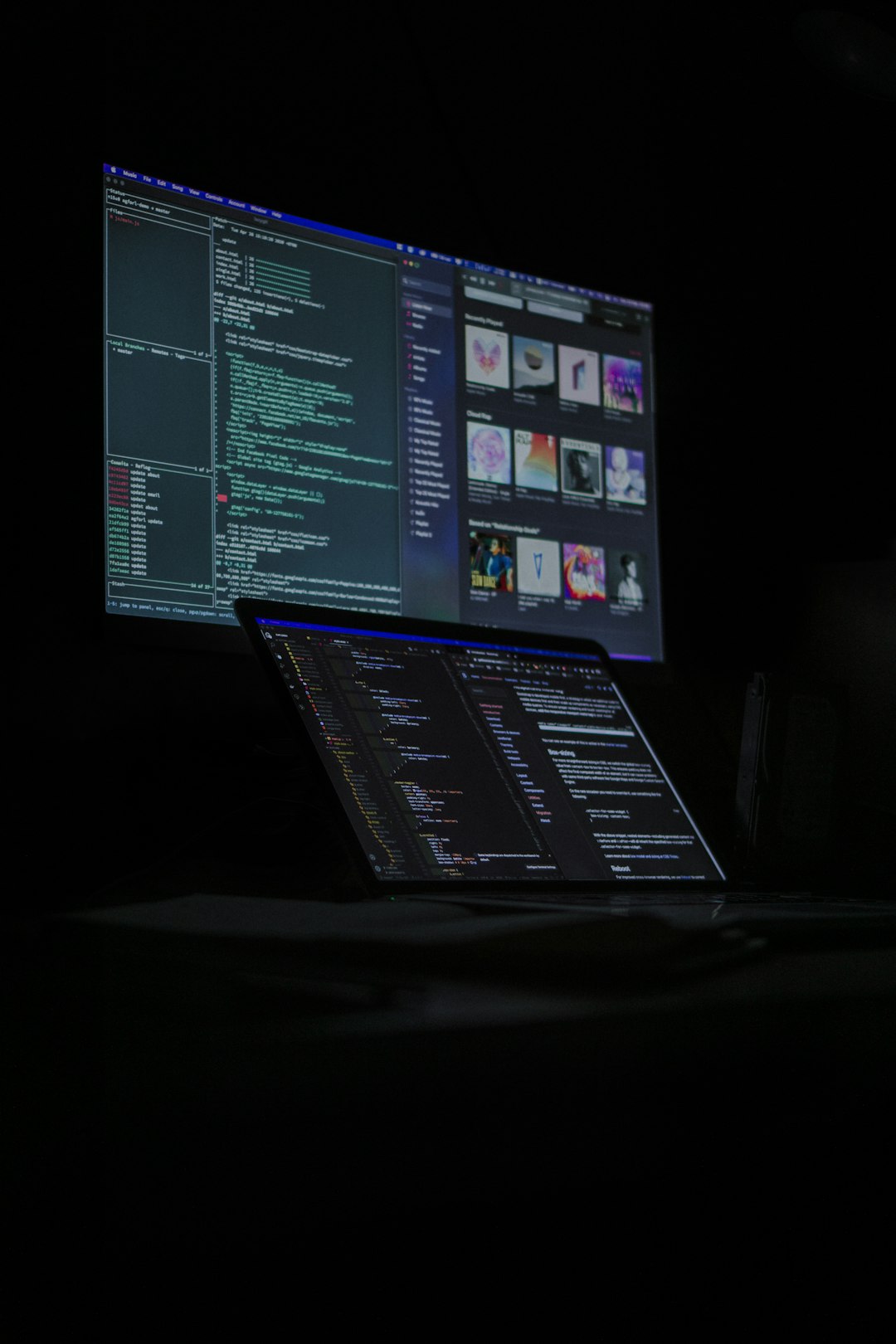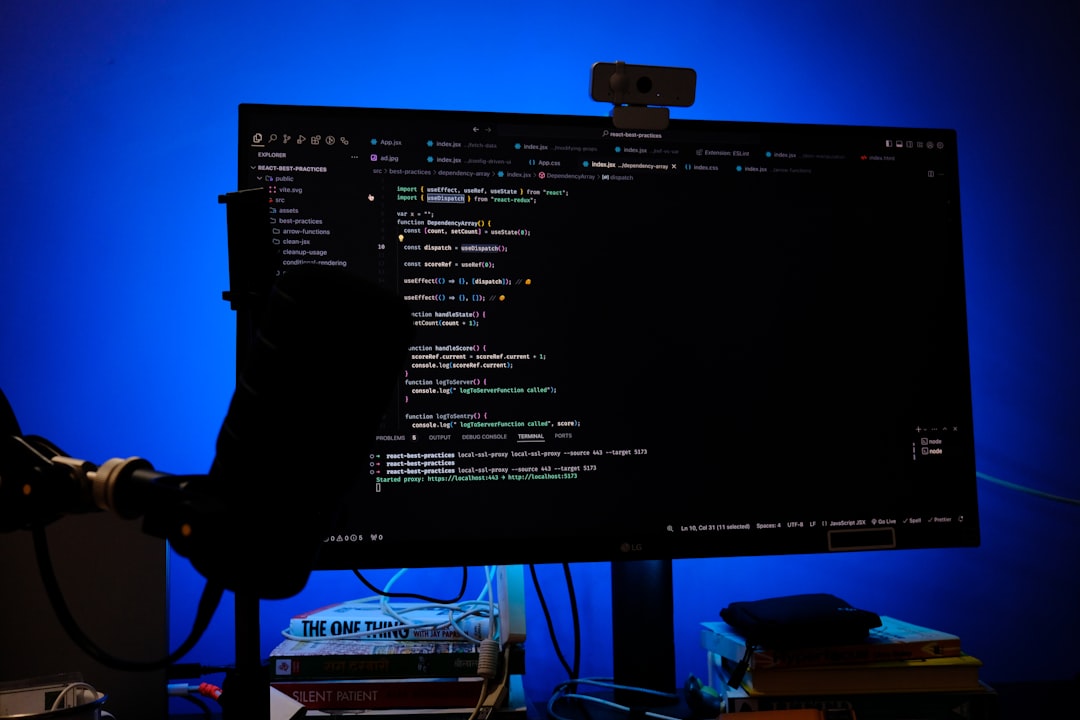The dreaded “Operating System Not Found” error can stop even the most seasoned computer users in their tracks. Whether you’re booting up a personal laptop or a workstation, seeing this cryptic message means your PC can’t find an operating system to load. While it might seem severe, don’t panic—this issue is often fixable. Read on to understand what causes it and what you can do to troubleshoot it efficiently.
What Does the Error Mean?
This error typically appears when your computer’s BIOS or UEFI firmware is unable to locate a bootable operating system on any of your drives. Essentially, your computer doesn’t know where to start from. This can be due to a failed hard drive, incorrect BIOS settings, a corrupt Master Boot Record (MBR), or problems with system files.
Common Causes of the Error
Here are some of the most common culprits behind the “Operating System Not Found” error:
- Incorrect BIOS/UEFI boot order – Your PC may be trying to boot from the wrong drive.
- A disconnected or failed hard drive – The system can’t find any OS to load.
- Corrupt system files – Damage to the boot sector or MBR can prevent startup.
- Recently changed system configurations – Installing a new drive or updating firmware can lead to issues.

How to Fix the Error
Before you call for professional help, try the following solutions. In many cases, the fix is simpler than you’d expect.
1. Check BIOS/UEFI Settings
One of the first steps is to ensure that your BIOS or UEFI is set to boot from your internal hard drive:
- Restart your computer and press the appropriate key (usually F2, DEL, or ESC) to enter the BIOS/UEFI menu.
- Locate the Boot section and make sure your main hard drive is listed first.
- Save your settings and exit the BIOS/UEFI.
Sometimes after a power failure or OS update, these settings can reset themselves. Simply setting it right again usually does the trick.
2. Test Your Hard Drive Connection
If the BIOS doesn’t detect your hard drive, open the case (if it’s a desktop) or check the drive bay (in laptops) to make sure the drive is properly connected. Re-seating SATA and power cables can sometimes resolve the issue.
3. Use Windows Recovery or Installation Media
Using a bootable USB or DVD containing Windows installation files, you can attempt recovery of the system:
- Insert the installation media and boot from it.
- Select your language preferences and click “Repair your computer.”
- Navigate to Troubleshoot > Advanced Options > Command Prompt.
- Type the following commands one at a time, pressing Enter after each:
bootrec /fixmbrbootrec /fixbootbootrec /scanosbootrec /rebuildbcd
These commands repair the boot sector and rebuild the Boot Configuration Data, which might be what’s preventing your OS from loading.

4. Run Hard Drive Diagnostics
A failing hard drive can also cause this problem. Most PC manufacturers include built-in diagnostics tools. You can also use third-party tools like CrystalDiskInfo or your hard drive maker’s tool to test for drive health and bad sectors.
5. Reinstall the Operating System
If all else fails and your hard drive appears healthy, you may need to reinstall the OS. Make sure to back up any important data if you can access it using another PC or via a Linux Live USB. Install fresh using Windows or the OS of your choice.
Preventive Tips
To avoid encountering this error again in the future, take note of the following best practices:
- Regular backups: Always keep your critical files backed up to the cloud or an external drive.
- Monitor drive health: Use drive monitoring tools to keep tabs on hard disk performance.
- Avoid sudden shutdowns: Power outages or forced shutdowns can damage system files.
- Keep BIOS/UEFI updated: Sometimes firmware updates include critical boot and system enhancements.
Final Thoughts
While the “Operating System Not Found” error can be alarming, it doesn’t always mean your system is beyond repair. With careful troubleshooting—starting with BIOS settings and working through drive checks and OS recovery—you have a strong chance of bringing your system back to life. And remember, keeping backups and properly maintaining your hardware are your best defenses against future boot issues.



